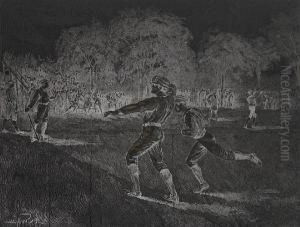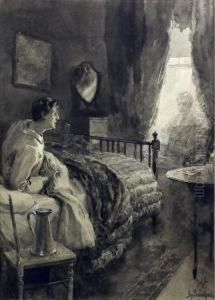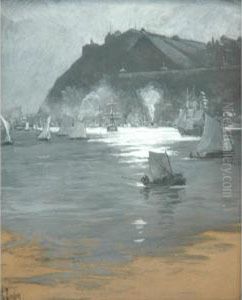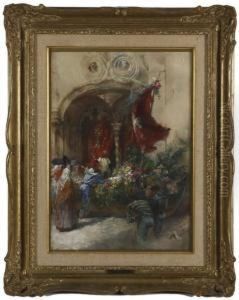Henry John Sandham Paintings
Henry John Sandham was a Canadian painter and illustrator who was born on May 24, 1842, in Montreal, Quebec. Sandham came from a family with artistic interests; his father, John Sandham, was an amateur artist and encouraged his son's talent. Initially, Henry Sandham trained as an engraver, working with the Notman Photographic Company in Montreal, where he honed his skills in photographic retouching and eventually became head of the art department.
Sandham's early work consisted mainly of portraits and genre scenes. His association with the Notman company allowed him to travel, and he gained a reputation for his photographic and artistic work. In 1877, he left Montreal and moved to Boston, Massachusetts, where he became a member of the Boston Art Club and began collaborating with renowned illustrator and author, Louisa May Alcott.
In Boston, Sandham's career as an illustrator flourished. He created illustrations for various publications, including Harper's Magazine and Scribner's Monthly. He was also known for his historic and allegorical paintings, which often included meticulous details and reflected his background in engraving and photography.
Later in his career, Sandham turned his attention to larger historical works. His painting 'The Battle of Lexington' earned him international recognition and was exhibited at the Royal Academy in London. He was also a founding member of the Royal Canadian Academy of Arts.
In 1890, Sandham moved to England where he continued his artistic work, focusing on watercolors. He gained further acclaim abroad and his works were exhibited in numerous venues, including the Paris Salon. Henry John Sandham passed away on June 21, 1910, in London, England. His legacy includes his contributions to Canadian art, particularly during the formative years of Canada's cultural development, and his success as an illustrator and painter in both North America and Europe.
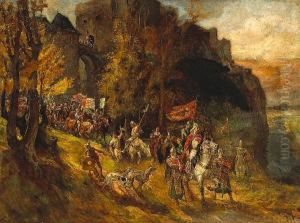
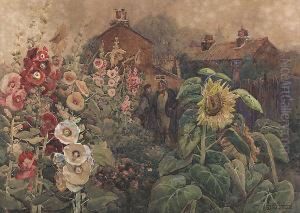
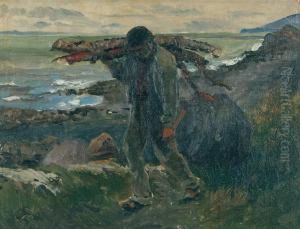
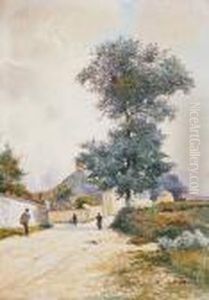
![[moose Surprised] Chromolithograph.](https://www.niceartgallery.com/imgs/963352/s/henry-john-sandham-moose-surprised-chromolithograph-1b3f3de9.jpg)
